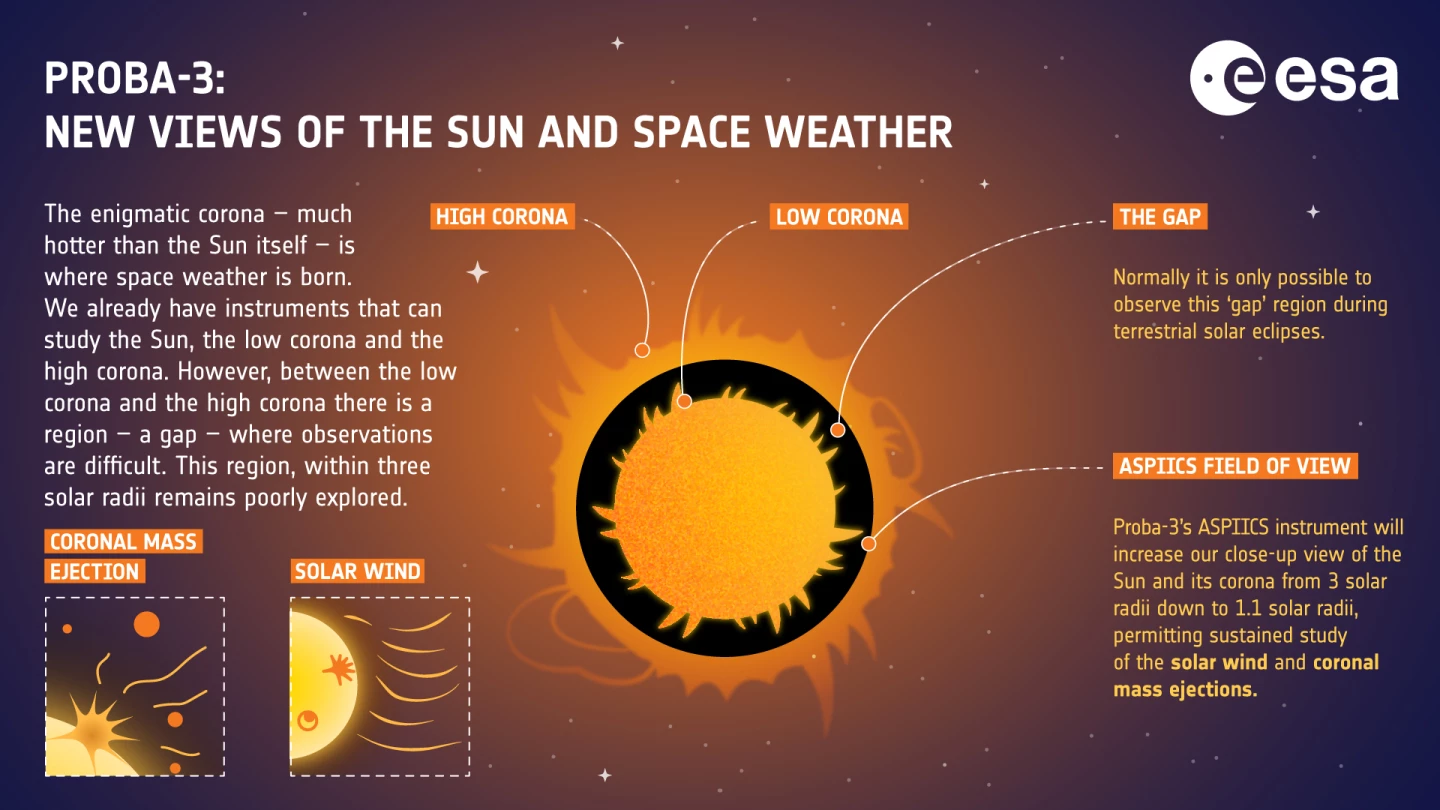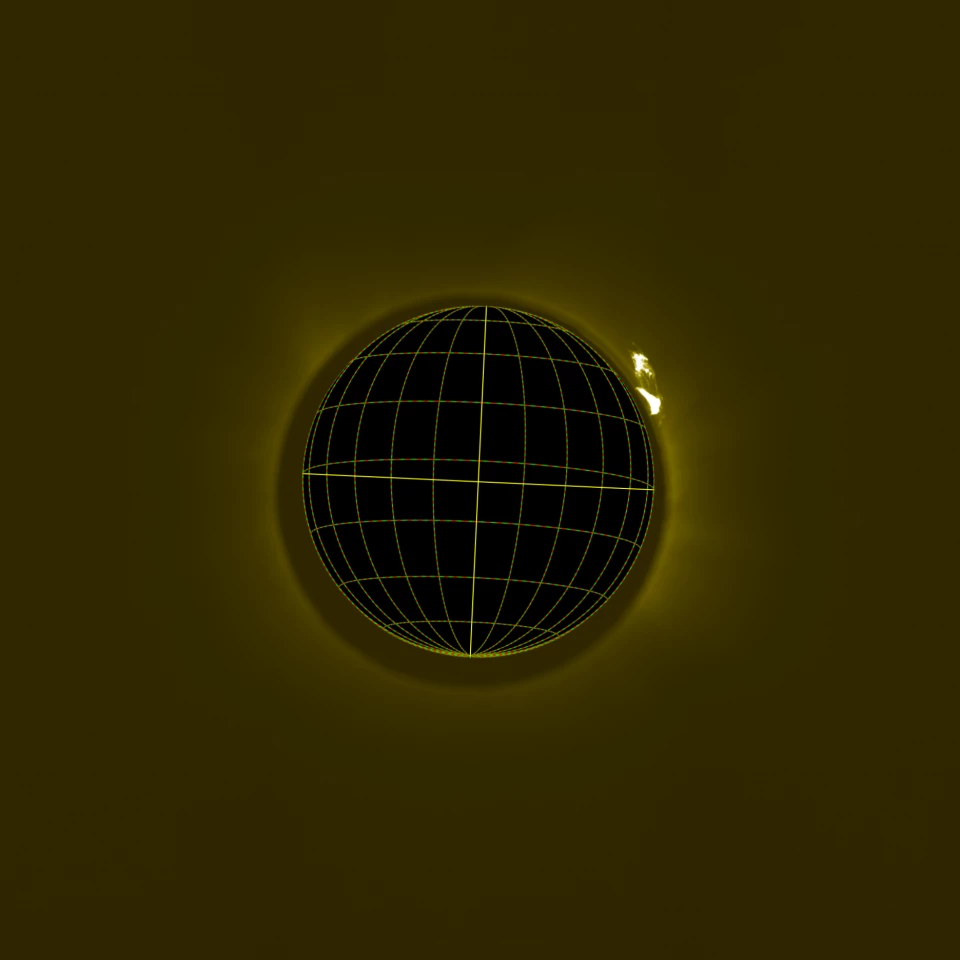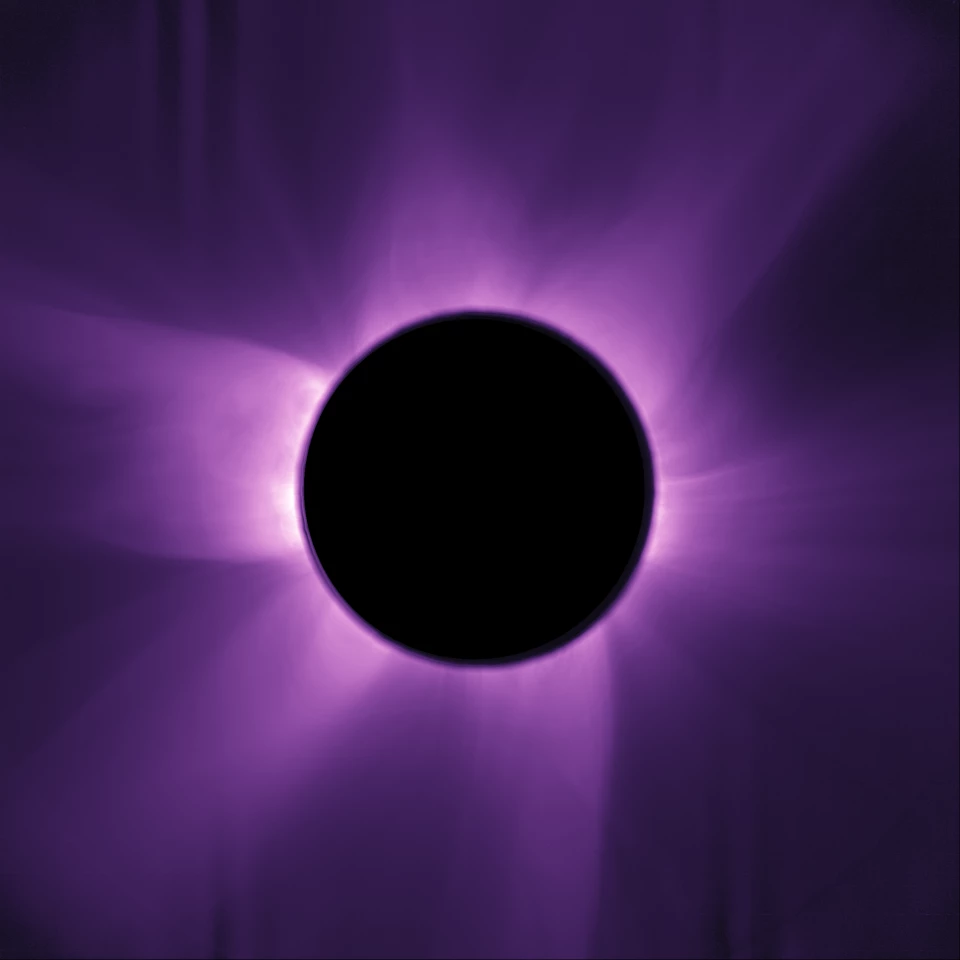ESA has found a way to make its own solar eclipses more or less on demand and all it took was a pair of robotic spacecraft flying in a formation precise to within a millimeter of each other thousands of miles from Earth. Simple.
Total solar eclipses are one of nature’s most spectacular and terrifying phenomena. Both the spectacular and the terrifying are obviously linked by the drama of the Sun being eaten by a growing wedge of darkness and the fact that such instances are very rare. While a solar eclipse occurs once every 18 months somewhere on Earth, the fact that the very narrow path of the eclipse on the planet’s spherical surface means that the odds of a total eclipse happening at one spot are on average once every 375 years – just far enough apart to frighten the living daylights out of an entire generation.
Small wonder that from prehistory on people have worked out ways to predict eclipses and that one of the functions of Stonehenge is to act as a gigantic eclipse computer. Though I understand that you can get a much more compact app for that now.
Proba-3
Today, the fascination with total eclipses has, if anything, grown. Aside from the tourist trade and dedicated eclipse chasers, scientists are dead keen on total eclipses because by blocking off the light of the Sun’s main body, it’s possible to take a detailed look at the Sun’s atmosphere or corona, giving clues to the mysteries of how our nearest star works.
The problem is that not only are such eclipses rare and often take place in remote locations, they only last a few minutes in any one spot, so astronomers commonly shell out a small fortune for research aircraft to follow the path of totality as far as possible.
What scientists really want is a way to make their own eclipses on demand – preferably ones that can last for hours and are outside the Earth’s atmosphere.

ESA/F Zonno
That’s the rationale behind ESA’s Proba-3.
Launched in 2024, the €200-million (US$230-million) Proba-3 mission is a technology demonstrator mission to show how the latest precision formation flying techniques can be used to create artificial solar eclipses like the fictional starship Cruiser C57D did in the sci-fi classic Forbidden Planet.
The mission consists of two small satellites called the Coronagraph and the Occulter. Each is about the size of a washing machine, though that’s pretty much where the resemblance ends. Orbiting the Earth in a highly elliptical orbit once every 19.6 hours at a distance between 373 miles (600 lm) and 37,610 miles (60,530 km), they act as a single unit, with each flying 492 ft (150 m) from the other with a tolerance of a millimeter.

ESA/Proba-3/ASPIICS
That sort of tight formation orbital flying isn’t new. There have been a number of missions in the past that have used this technique for things like mapping planetary gravitational anomalies and magnetic fields, but that doesn’t make things any easier. That’s because formation flying for spacecraft is completely different than with aircraft or stringing together the satellites with a bit of twine. Formation flying is really a terrestrial metaphor to cover a painfully complex exercise in celestial mechanics.
The two craft aren’t actually flying in formation per se. It would be more accurate to say that they are in parallel orbits with the pair doing all they can to keep one behind the other and both in line with the Sun. They accomplish this with some sophisticated autonomous software, GPS, star trackers, Sun trackers, and an arrangement where the forward Occulter acts as the “Master” spacecraft and the trailing Coronagraph acts as the “Slave” following the Occulter’s lead.
Essentially, the pair create eclipses by the Occulter playing the part of the Moon, casting an 8-cm-wide (3.1 in) shadow over the Coronagraph’s 5-cm (2-in) imaging aperture. Various wavelengths are recorded to gather as much data as possible about the corona without the diffusion and light leakage caused by Earthbound observations.

ESA/Proba-3/ASPIICS
However, the really clever bit is that Proba-3 can create an eclipse that lasts for up to six hours during every orbit. That means an unprecedented amount of observation time that will only be improved upon as the technology matures. The hope is that the data collected will be of immense help in understanding the solar wind, solar flares, and temperature variations within the corona. In addition, it will help scientists to improve computer models used to simulate the solar corona and generate digital eclipses to improve the ability to predict and prepare for solar events that could impact Earthside communications and power grids.
At the moment, ESA is content to release to the public the first images of an artificial solar eclipse returned from space.
“Having two spacecraft form one giant coronagraph in space allowed us to capture the inner corona with very low levels of stray light in our observations, exactly as we expected,” said Proba-3 mission manager Damien Galano. “Although we are still in the commissioning phase, we have already achieved precise formation flying with unprecedented accuracy. This is what allowed us to capture the mission’s first images, which will no doubt be of high value to the scientific community.
“The formation flying we have achieved so far was performed autonomously, but under supervision of the ground control team, who were ready to intervene to correct any potential deviations. Our one remaining task is to achieve full autonomy, when our confidence in the system will be such that we will not even routinely monitor from the ground.”
Source: ESA








